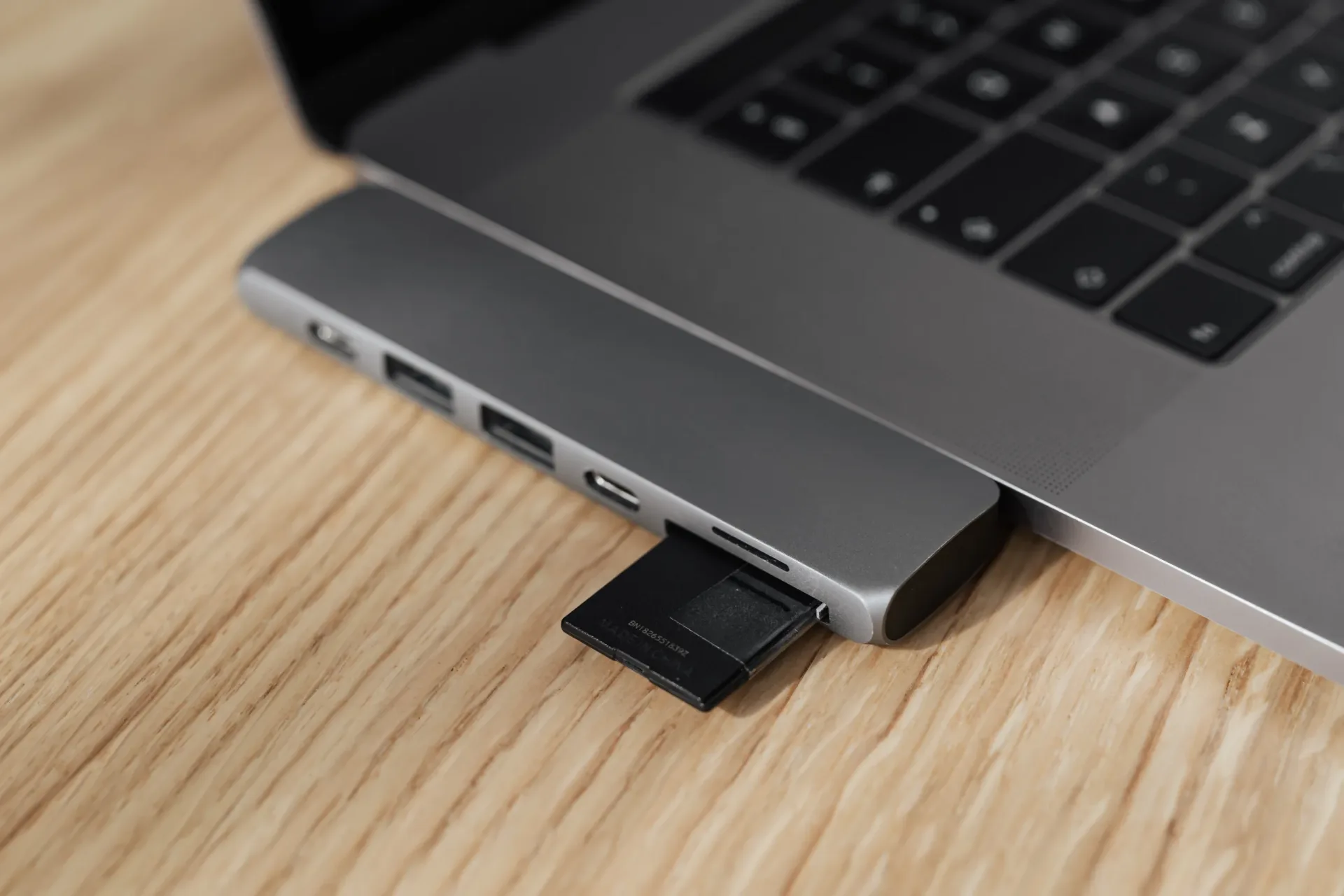Memory
The term “memory” refers to the component in your computer that permits quick-term access to data. You might recognize it as DRAM or dynamic random-access memory. Your computer executes a range of operations by accessing information stored in its memory for short-term use. Examples of these operations include editing documents loading software, and surfing the web. The performance and speed of your system are contingent on how much memory is installed on your system.
If you have a desk with a filing cabinet, the desk is what your laptop’s memory is. Items you must use immediately are placed at your desk to make them easy to access. However, little can be kept on a desk because of the size restrictions.
Storage
While memory is the storage of data used for short-term purposes, storage is the component in your personal computer that permits you to store and retrieve information regularly. Generally, storage comes from a solid-state disk or an external hard disk. It has housed your applications, operating system files, and other data for a long time. Computers require information to be written and read data from the storage system, which is why the speed of your storage determines how quickly your system will boot and load the files you’ve stored.
While the desk represents your computer’s memory, The filing cabinet symbolizes what’s inside the storage on your PC. It is a place for items that need to be stored and saved but do not require to be accessible immediately. The dimensions of the cabinet are sufficient to keep a lot of things.
One of the significant differences in memory as opposed to storage can be seen in the fact that memory is cleared after the machine is shut off. However, storage remains intact regardless of the number of times you shut off the engine. In the desk and file cabinet analogy, any documents that stay on your desk after you leave your office will be destroyed. All the files in the filing cabinet will remain.

